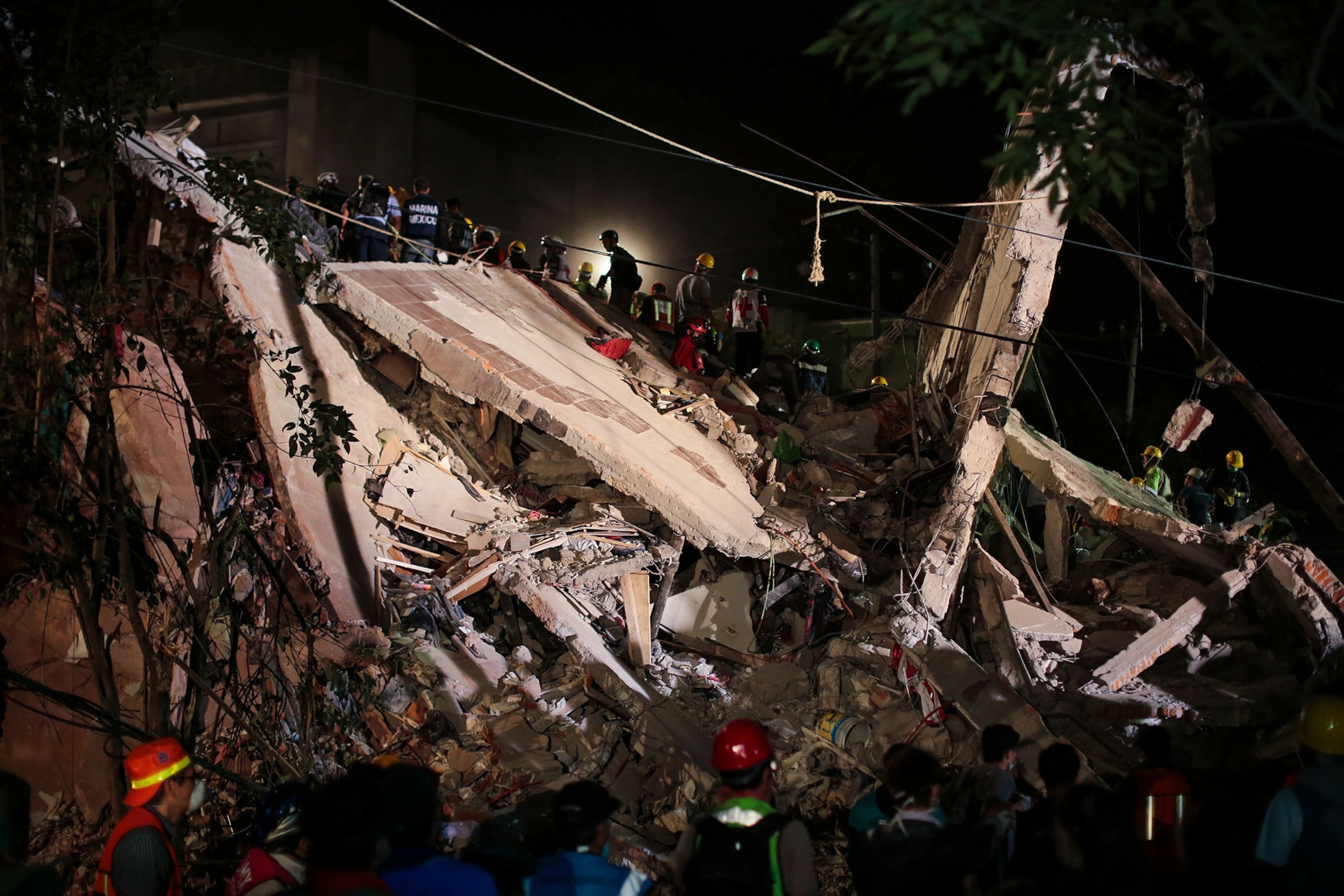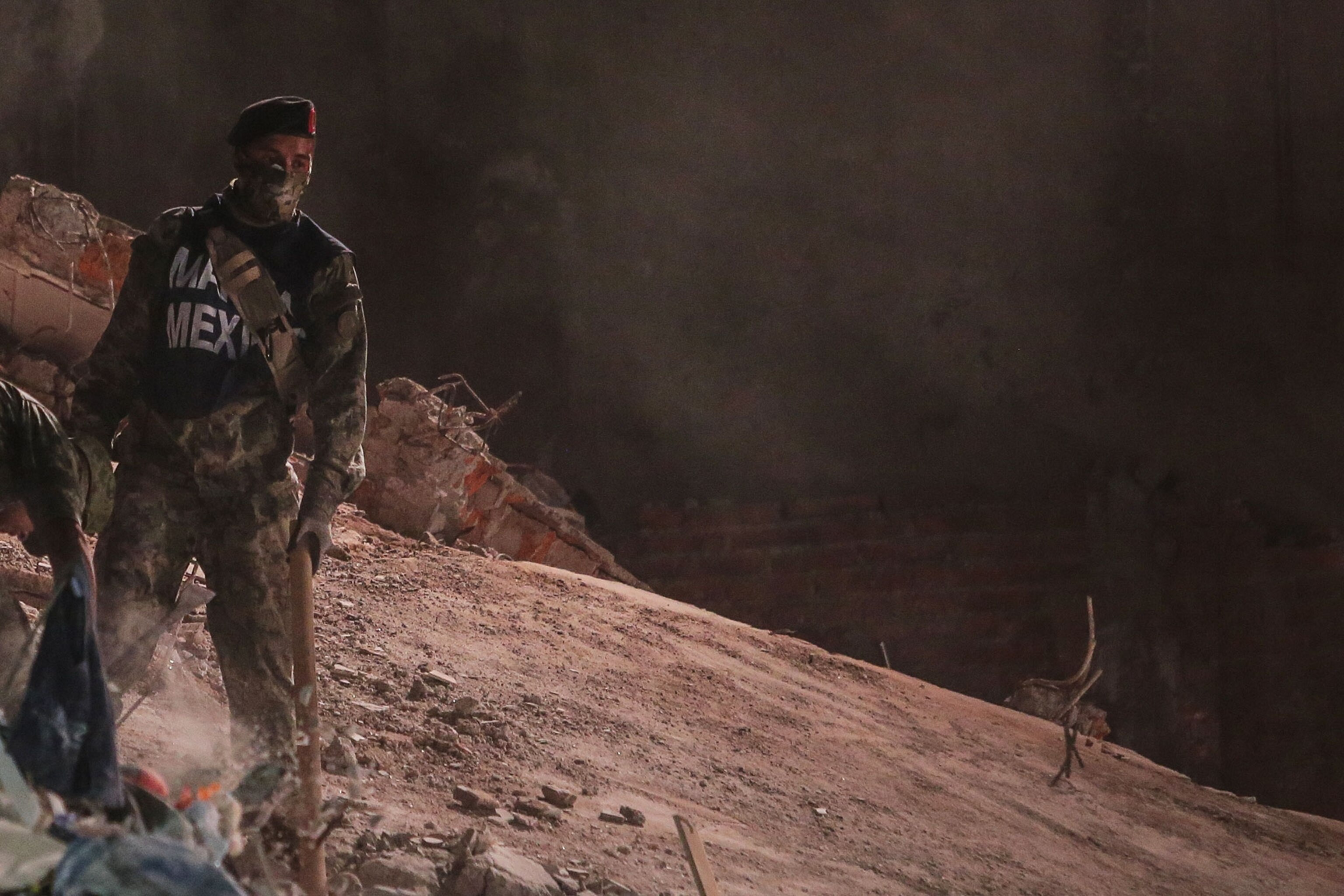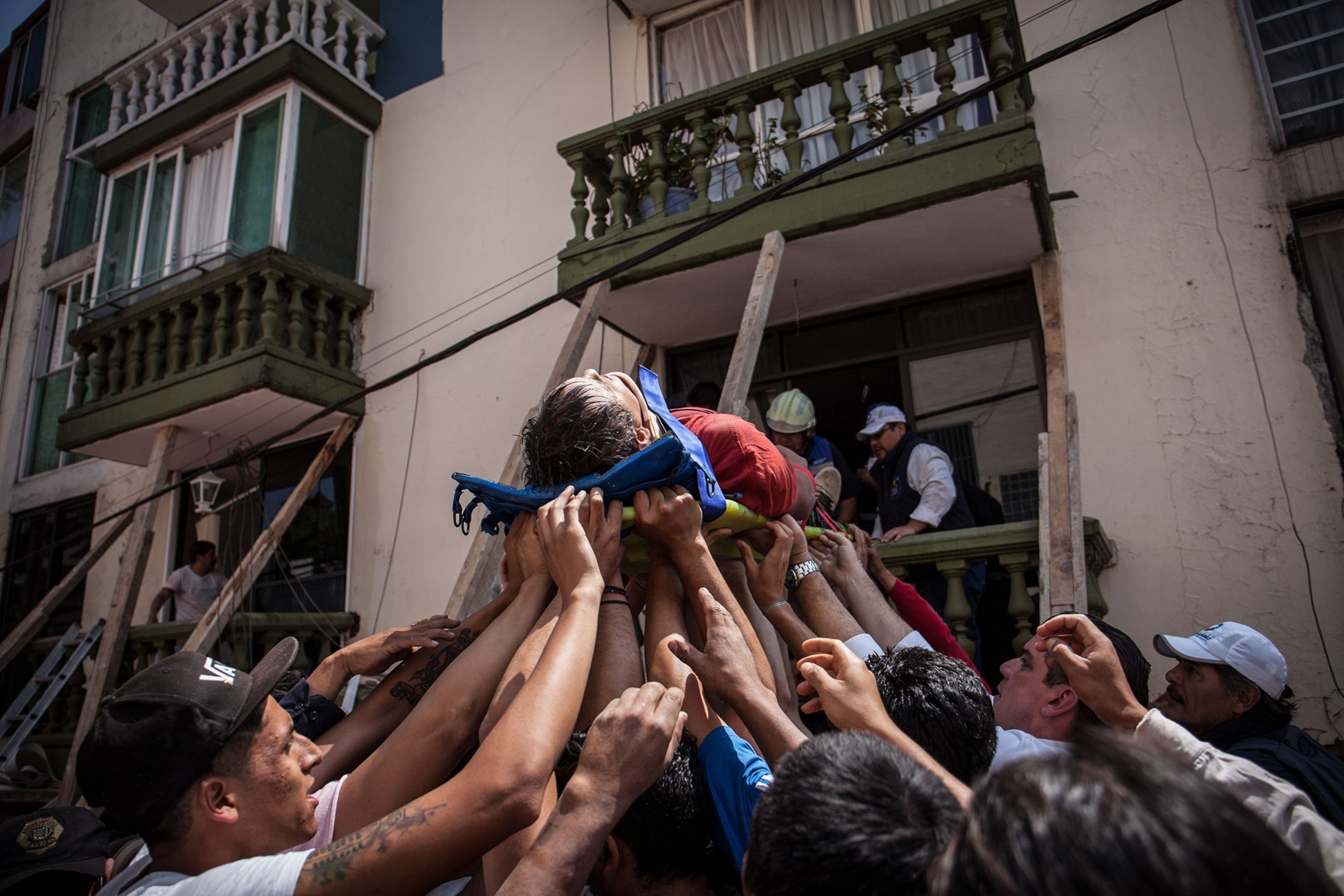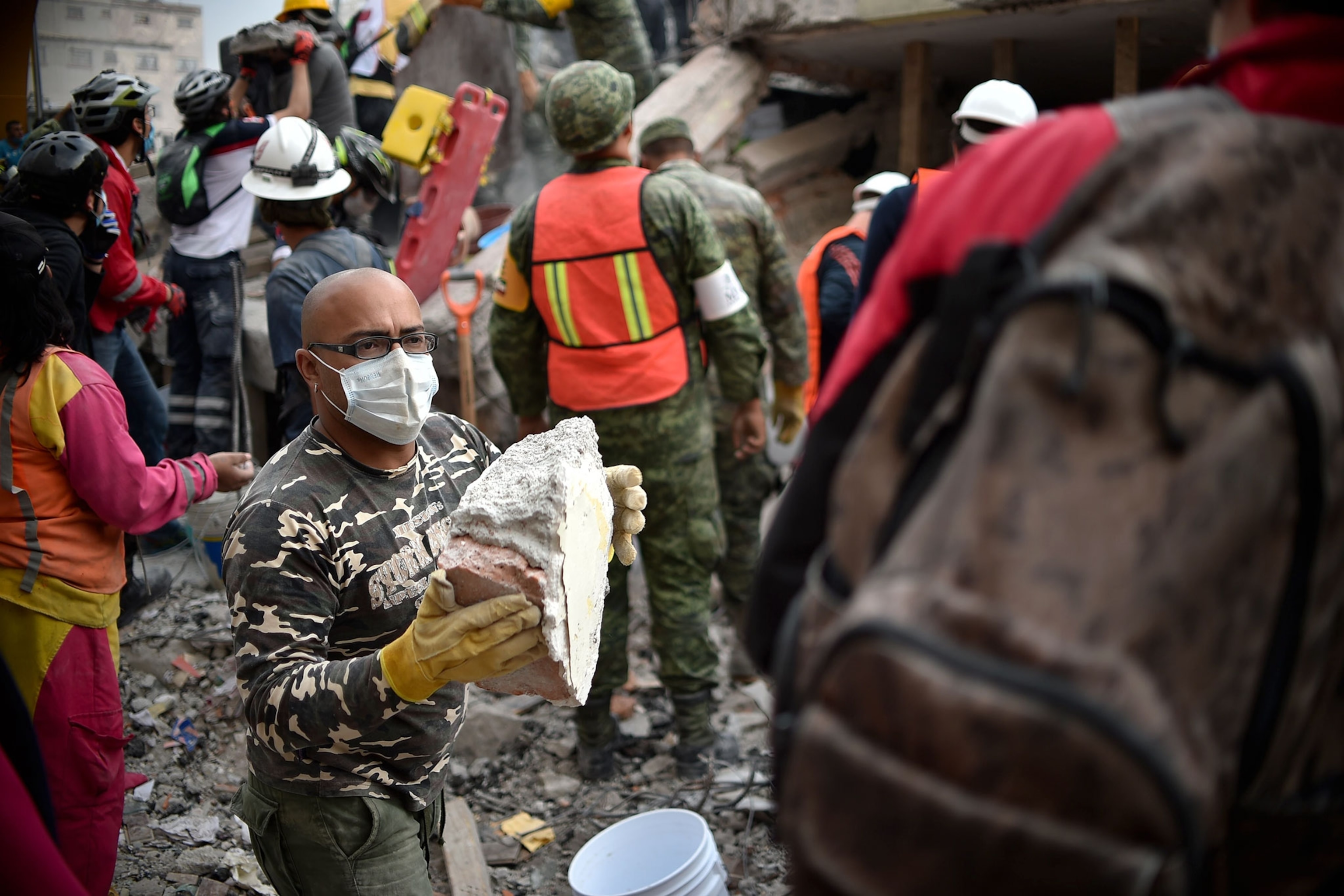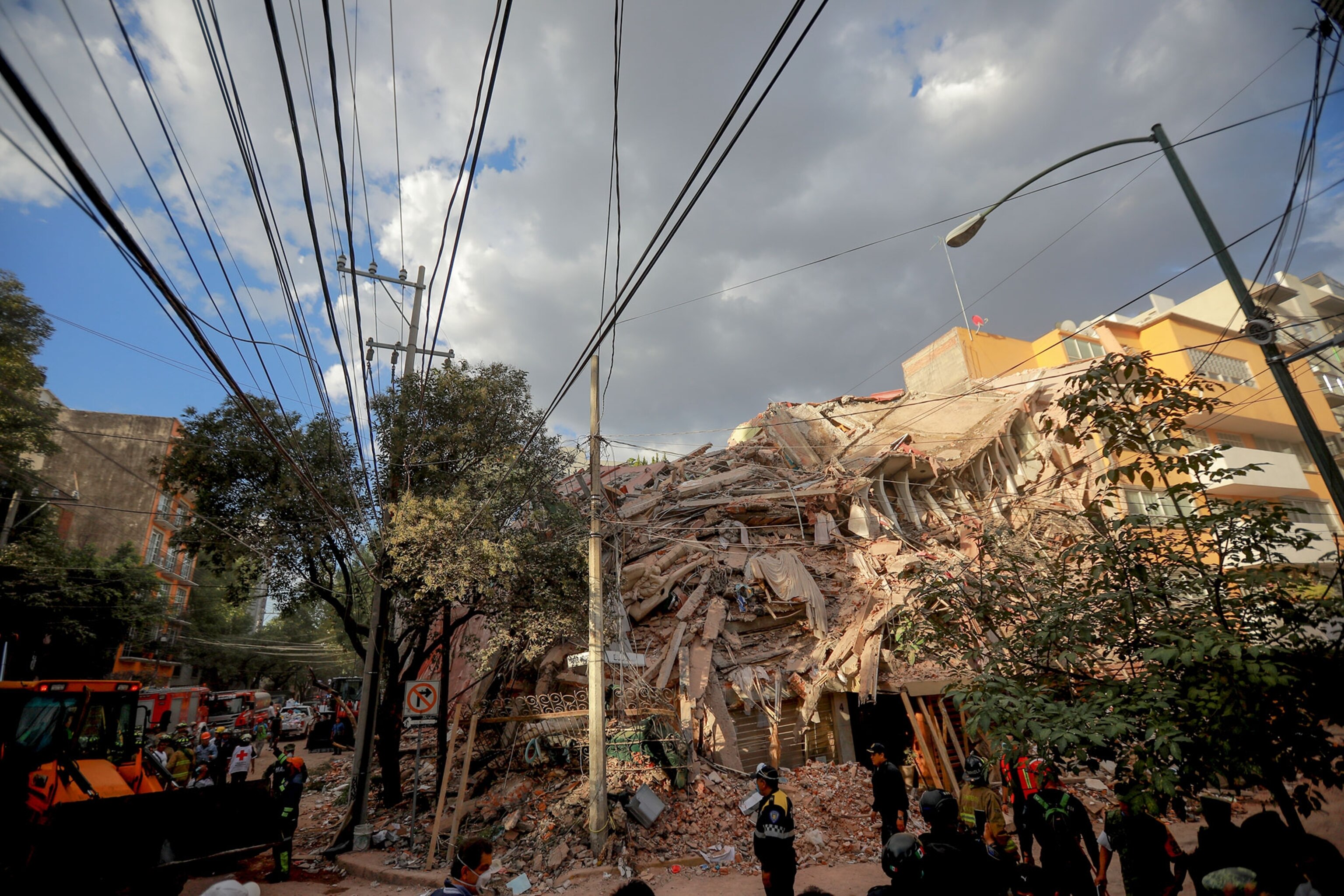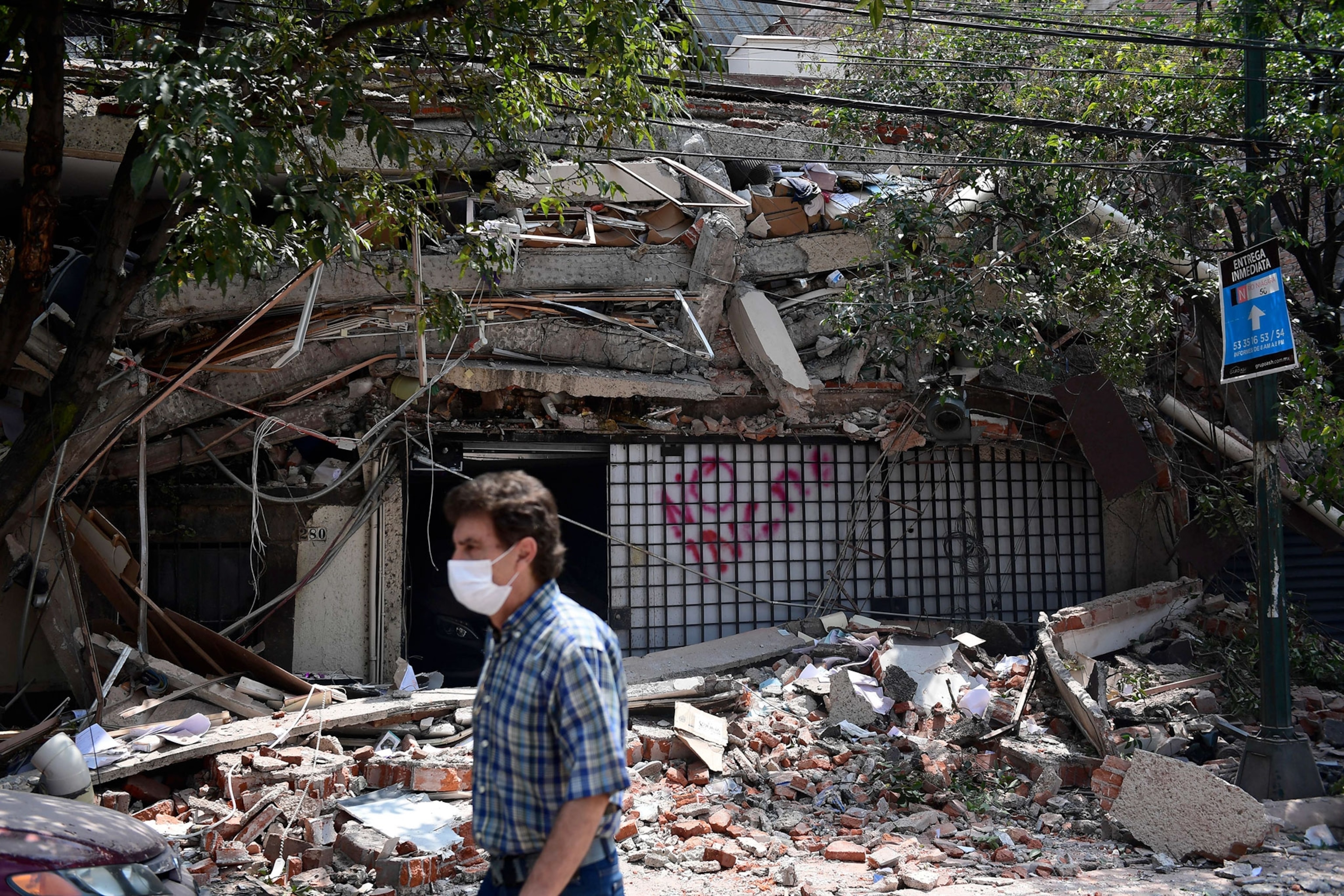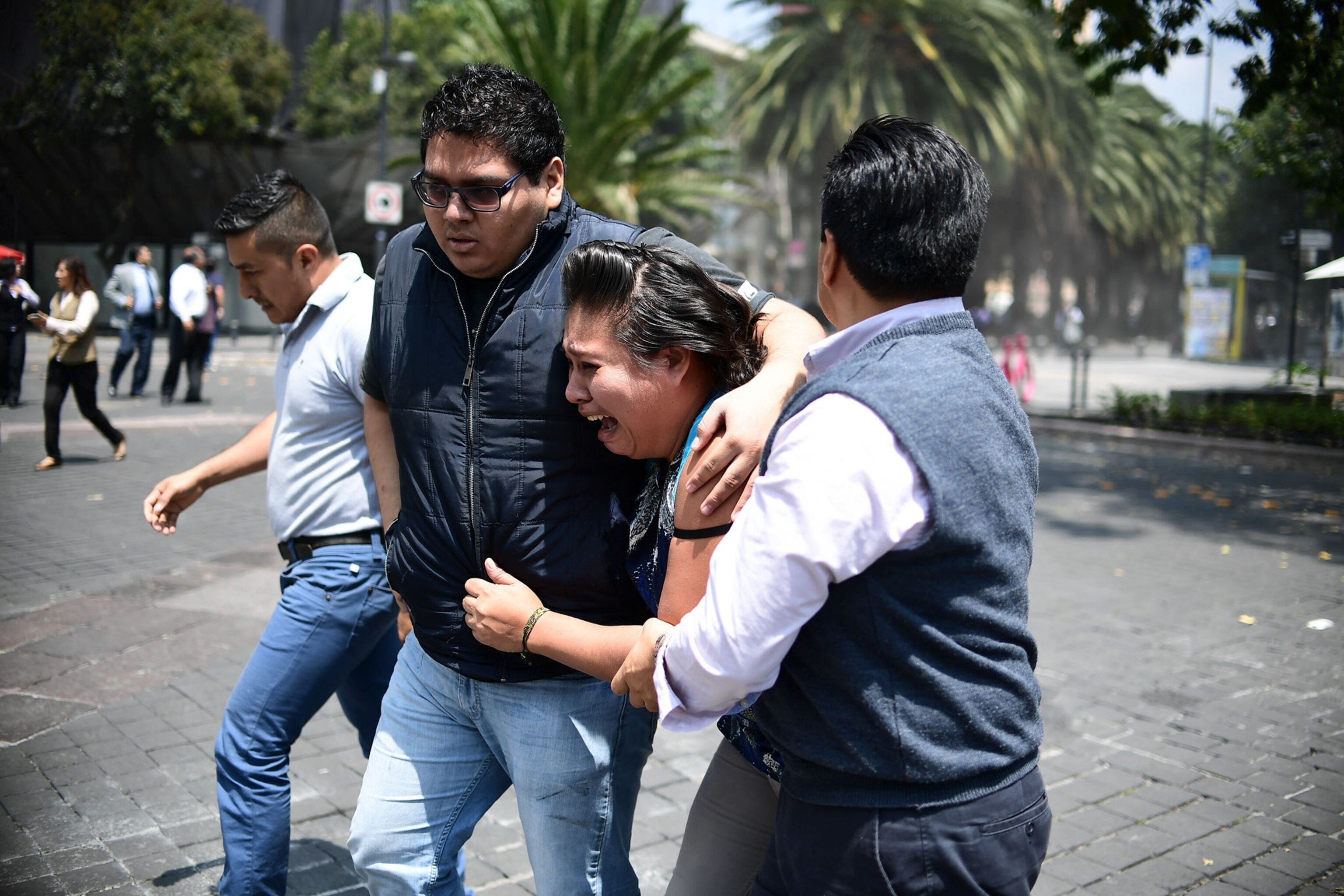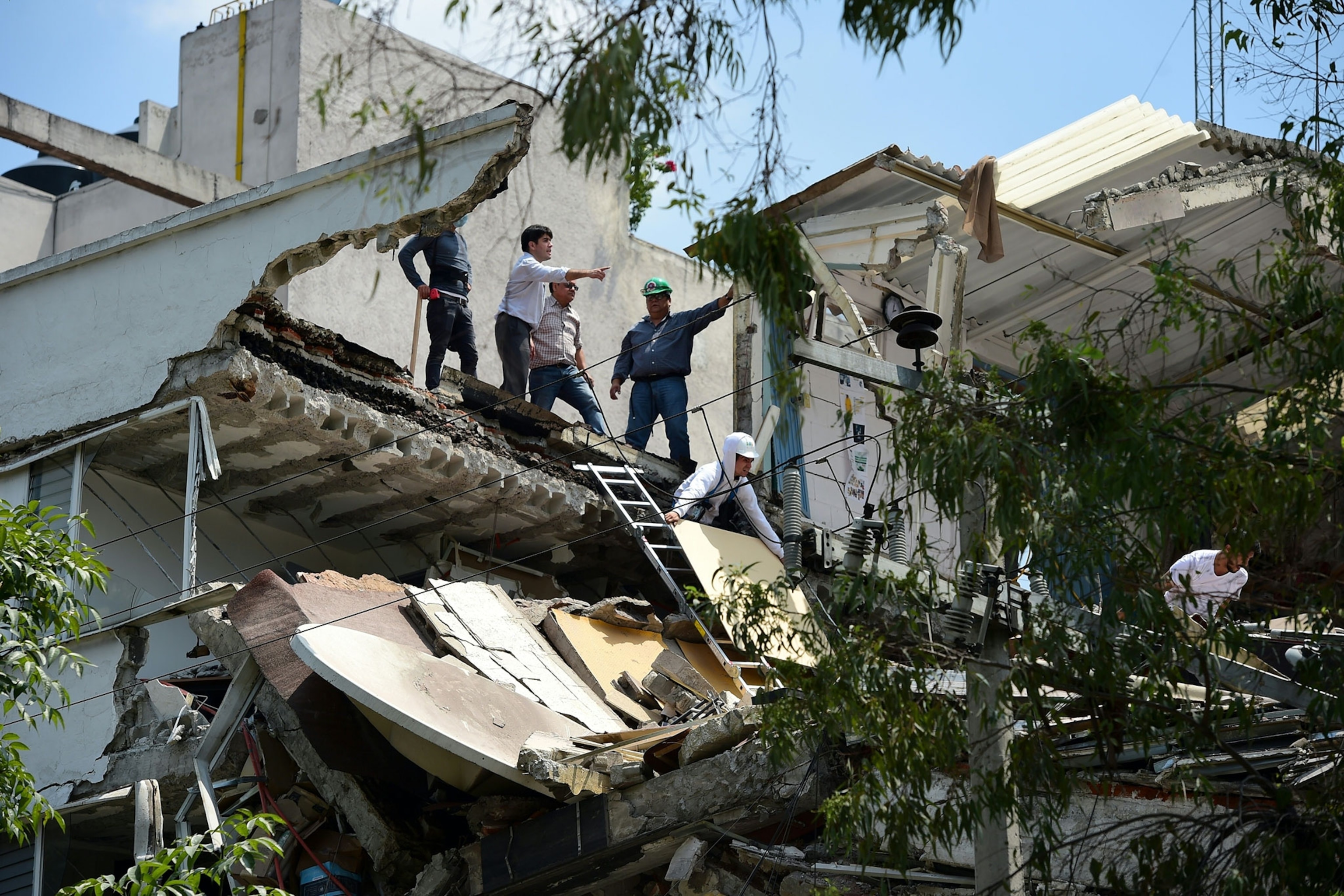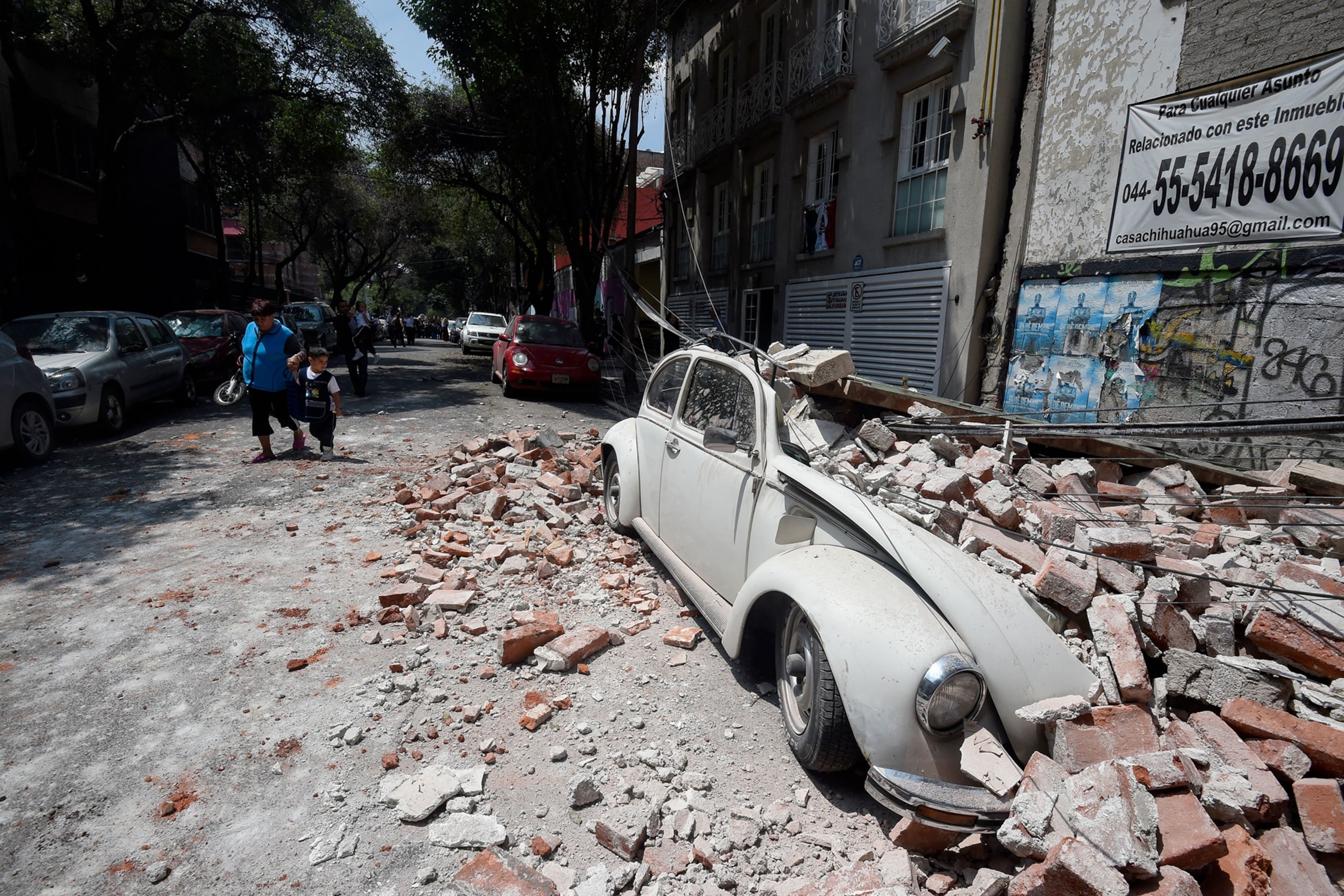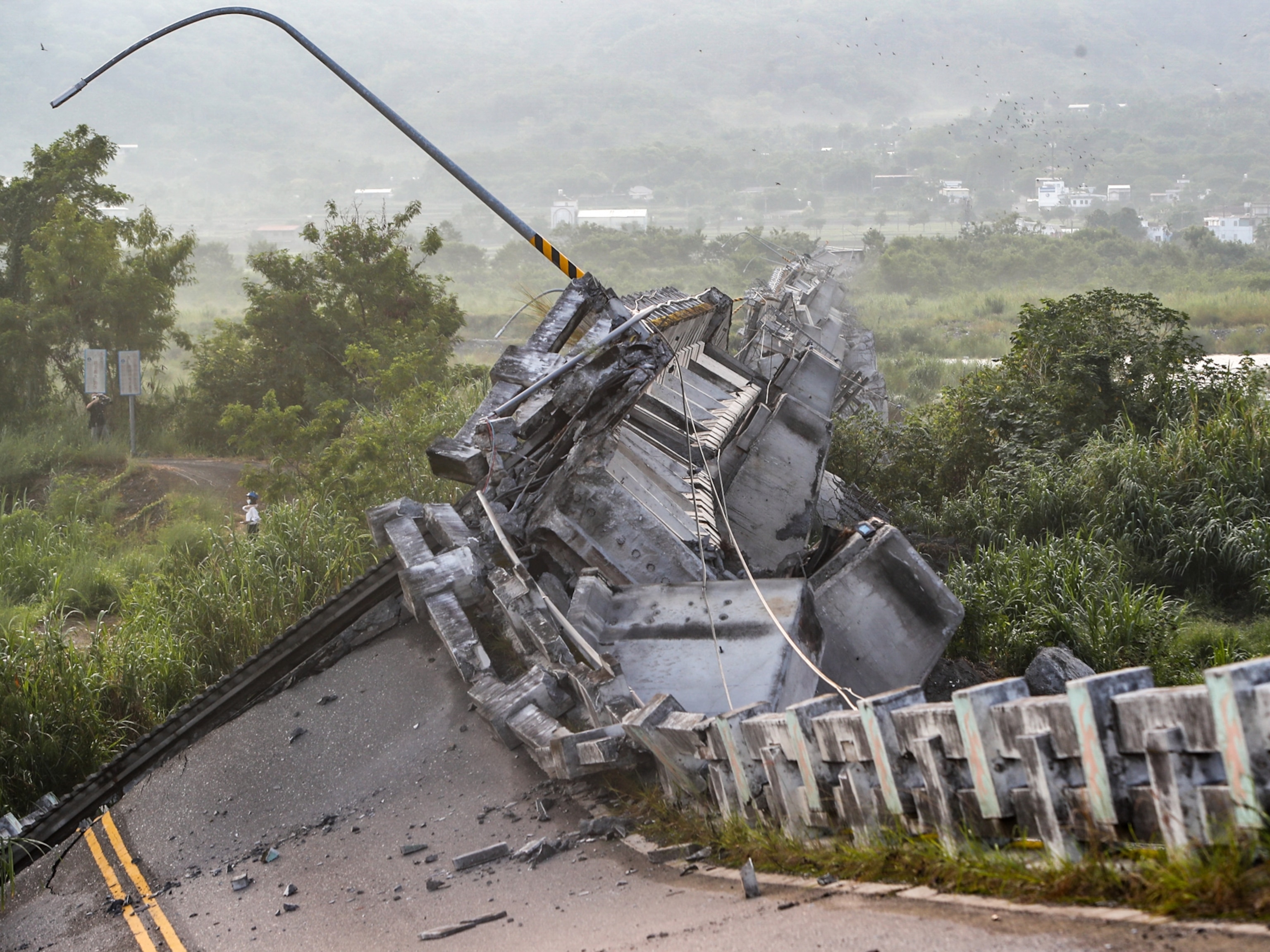What Caused the Mexico Earthquake? Faults Explained
Different kinds of faults make different kinds of earthquakes.
On September 19, a magnitude 7.1 earthquake rocked central Mexico, with fatalities estimated in the hundreds—the largest, most serious earthquake of at least 19 that the U.S. Geological Survey detected across the world that day.
Earthquakes all spring from faults deep underground, but what kind? The impact and severity of each quake depends on the answer to that question. (Learn more about earthquakes.)
The Earth's crust is made of a jigsaw puzzle of continental and oceanic plates that are constantly ramming each other, sliding past each other, or pulling apart. Along the Ring of Fire girding the Pacific Ocean, for example, the seafloor plunges beneath Asia and the Americas, building mountains, feeding volcanoes, and triggering earthquakes.
The September 19, 2017, earthquake in Mexico released strain pent up from the ongoing collision between the Cocos plate, which carries the Pacific ocean floor south of Mexico, and the North American plate to the northeast.
Most earthquakes arise along such fault zones. The ground first bends and then snaps—an earthquake—to release energy along faults. Here are a list of the various ways Earth can shake.
Strike-Slip
When portions of the Earth's crust moves sideways, the result is a horizontal motion along a "strike-slip" fault.
The most famous example is California's San Andreas Fault, which stretches some 600 miles (1,000 kilometers) from southern California to north of San Francisco. The sideways motion of the fault's branches is caused by the Pacific Ocean's crustal plate moving to the northwest under North America's continental crust.
Dip-Slip
Up-and-down motions in earthquakes occur over so-called "dip-slip" faults, where the ground above the fault zone either drops (a normal fault) or is pushed up (a reverse fault). A normal fault occurs where the deeper part of the crust is pulling away from an overlying part. A reverse is, well, just the reverse.
An example of a normal fault is the 240-mile (150-kilometer) long Wasatch Fault underlying parts of Utah and Idaho, again caused by the Pacific plate driving under western North America. One magnitude 7.0 quake along the fault perhaps 550 years ago dropped the ground on one side of the fault by three feet (a meter). The U.S. Geological Survey sees the fault as posing a risk of more magnitude 7.0 earthquakes.
Oblique
Faults that combine sideways with up-and-down motions are called oblique by seismologists. The Santa Clara Valley south of San Francisco holds a fault prone to oblique motions, for example, seen in a 1999 quake.
Human-Induced
It really takes the movement of crustal plates to uncork a massive earthquake, such as the magnitude 9.0 quake off the coast of Japan in 2011, which was caused by the Pacific plate moving under Asia. But humanity has figured out ways to trigger small quakes as well.
Temblors can be triggered by pumping wastewater onto faults in deep disposal wells, as seen in quakes that occurred in Oklahoma, Texas, and Ohio in recent years.
And football fans in Seattle have gained their own notoriety with the NFL playoffs upon us, triggering "Beast Quakes" detected by seismologists across the Pacific Northwest. The height of their seismic activity in last week's game came during a touchdown run.
Follow Dan Vergano on Twitter.

